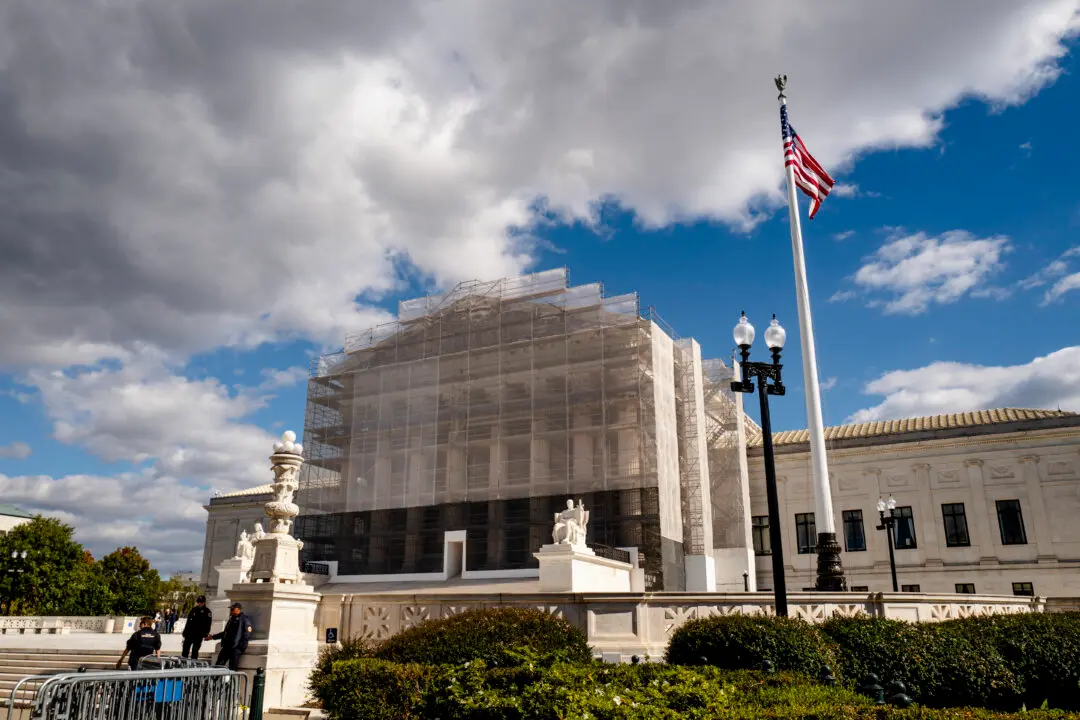Commentary
In an earlier essay in my “Defending the Constitution” series, I responded to the common charge that the 1787 Constitutional Convention abused its trust. The charge is that the commissioners (delegates) exceeded the scope of the convention “call” issued by Congress. In response, I pointed out that Congress didn’t call the Constitutional Convention; Virginia did. And the scope of the commissioners’ power wasn’t defined by Congress but by the states, which granted them sufficient authority to recommend a new Constitution.





